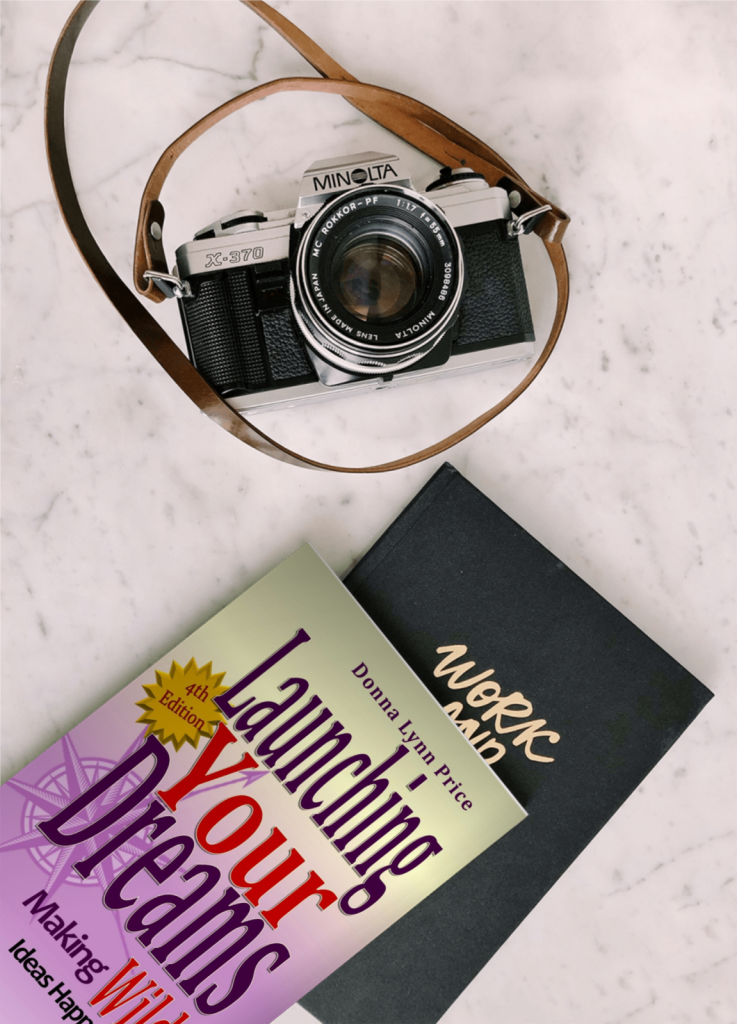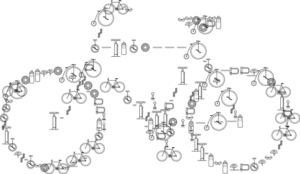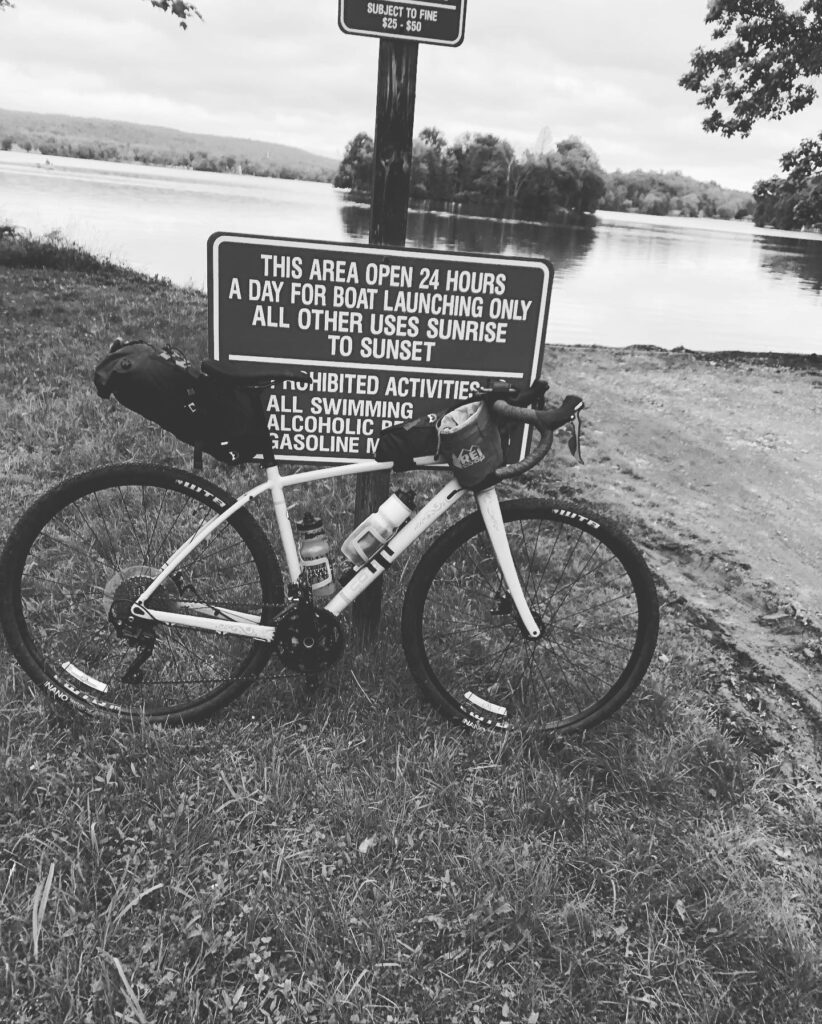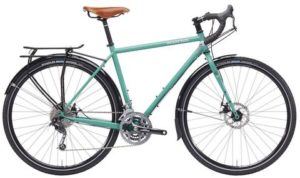Women on Bikes! [Bicycles, that is!]
Anatomy of a Bicycle
 Its always interesting to know how things work. With bicycles, knowing how they work can help you when it comes time to fix yours. The workings of all bicycles are basically the same. What differ are the materials used to build the parts.
Its always interesting to know how things work. With bicycles, knowing how they work can help you when it comes time to fix yours. The workings of all bicycles are basically the same. What differ are the materials used to build the parts.
1. Frame. This is the main component of a bicycle. It is the frame that all of the other parts join to in order to complete the bike. The frame is one piece construction and is tubular not solid. As you learn about other parts you’ll see why this is so.
2. Handlebars. It used to be that all handlebars looked like ram horns. You placed your hands on the top to rest your back and the bottom of the curl to go faster because you were more aerodynamic in that position. The handlebars fit into the front part of the frame called the head tube.
3. Bicycle seat. Seats come in all shapes and sizes for a bicycle. The most common shape looks like a banana with hips. The bicycle seat is mounted on a tubular stem that fits inside the bike frame through the seat tube. Bicycles may or may not have a top tube connecting the seat tube to the head tube. It used to be that girls bikes didn’t have this bar to prevent injuries.
4. Wheels. A bicycle has two wheels of varying diameter depending on the type of bike it is. The rear wheel is attached to the bike frame by the chain stay. The front wheel is attached to the frame with a fork attachment that slips into the bottom of the head tube. Some bikes have the fork welded to the frame as a single piece. The wheel itself is a circular metal frame that maintains its shape with spokes that attach to a central hub. The wheel is covered with a rubber tire and an inner tube inside it.
5. Pedals. How else are you going to make your bike move? The pedals attach at the bottom bracket. The pedals and wheels are connected to each other through gears and a series of chains. Pedals are wide enough for a foot and usually contain grooves to grip the shoe of the wearer. Some bicycles have pedal clips to keep feet from slipping as you ride.
6. Cables. The cables run along the bike frame from the handlebars to the brakes and the gears. The cables are usually attached to the frame to avoid accidents. With the handlebars, you can stop your bike and change gears because of this network of cables.
That’s your bike in a nutshell. It is a simple piece of machinery that provides an efficient form of transportation.






